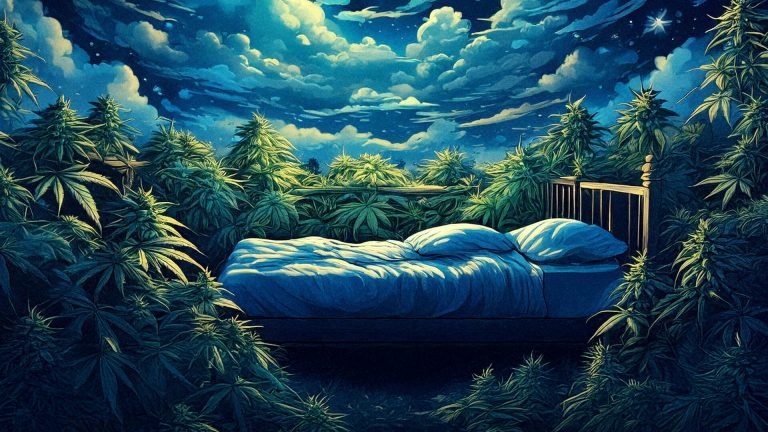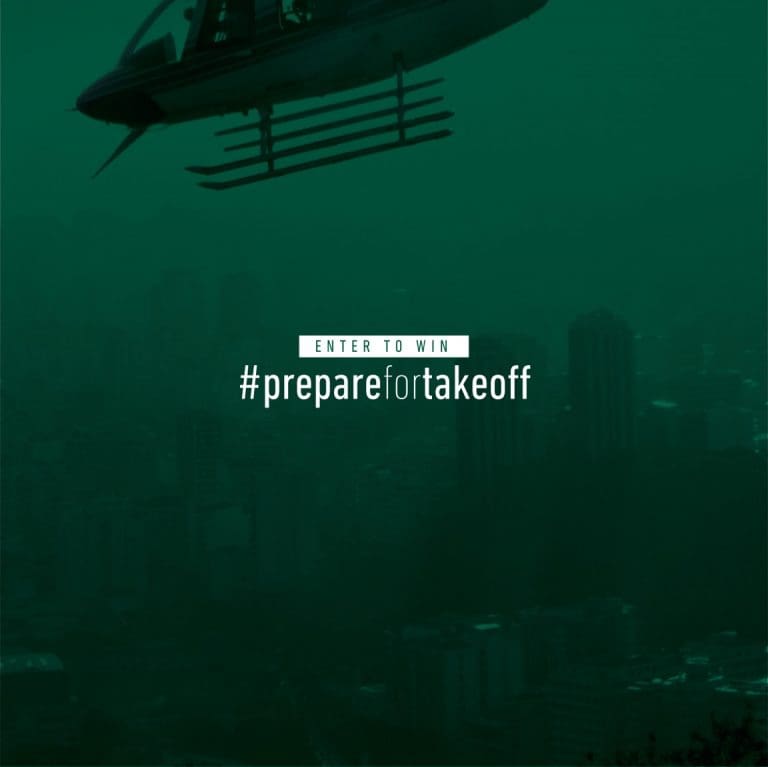
10 Great Works Written With Cannabis
By now you’ve heard, our new KPEN device is built for performance and designed to enhance your experience. However, before all the fancy vaporizers and edible pizza, famous authors in history found ways to enhance their writing performance with cannabis. In fact, you might be surprised by how many literary classics were written on the back of good ole’ cannabis.
- The Histories by Herodotus – Dubbed the “Father of History” by Cicero, Herodotus is the Greek historian responsible for the founding work of history in Western literature, Histories. The oldest work on our list, the book was originally published in 440 B.C. The first to reference cannabis in the modern world, he wrote about nomadic subcultures burning hemp to create vapor to achieve a heightened state of mind.
- Contact by Carl Sagan – Our favorite cannabis enthusiast and scientific genius used cannabis often while writing, and credits it for the success of Contact and Cosmos. Sagan loved the plant so much, he published an entire essay on the subject, called “Marijuana Revisited.”
- The Three Musketeers by Alexandre Dumas – Dumas belonged to the 19th-century Parisian group of artists, Club Des Hashishchins (“Club of Hashish-Eaters”), which believed that smoking weed would expand the literary mind of writers.
- Little Women by Louisa May Alcott – A childhood favorite, Little Women was written while Alcott was addicted to hashish and opium, before being diagnosed with Rheumatism.
- Fear and Loathing in Las Vegas by Hunter S. Thompson – Surprise, surprise! Your favorite psychedelic journalist made the list since cannabis was only one of Hunter’s many vices.
- Howl and Other Poems by Allen Ginsberg – The title poem to this work is considered one of the most important contributions to the Beat movement. Like many authors of the 1960s, Ginsberg claimed cannabis helped opened his eyes to truths about society and the global community at large, inspiring disruptive poems that challenged the status quo.
- On The Road by Jack Kerouac – The king of the Beatniks, Jack Kerouac is perhaps the most famous of cannabis connoisseurs. Of course, grass or “tea,” was a considered a crucial element among Beatniks when enhancing their creative exploration.
- Les Miserables by Victor Hugo – First written in 1862, Les Miserables is considered one of the greatest novels of the 19th century. Like Alexandre Dumas, Hugo was also a part of the famous French group, Club Des Hashishchins, dedicated to the exploration of cannabis-induced experiences.
- Cujo by Stephen King – A psychological horror thriller about a rabid dog, Cujo reads like the paranoid side effects of an intense sativa. While Cujo is one of King’s personal favorite works, his pairing of cannabis with alcohol while writing Cujo led to King having no memory of writing it. Medicate responsibly!
- Naked Lunch by William Burroughs – Burroughs created this stream-of-consciousness work by cutting up articles from various sources and pasting them together to create a surreal work of art that is regarded as a mix of modern art and science fiction.
Because there was no medical marijuana industry at the time, these famous authors were left to medicate anxiety, depression, and chronic pain (issues that afflict many artists) with little knowledge of the correct dosage or strain to use for their type of pain. Whether or not they medicated responsibly, these creatives found solace in cannabis and credit it for enhancing their ability to perform the writing task at hand.










